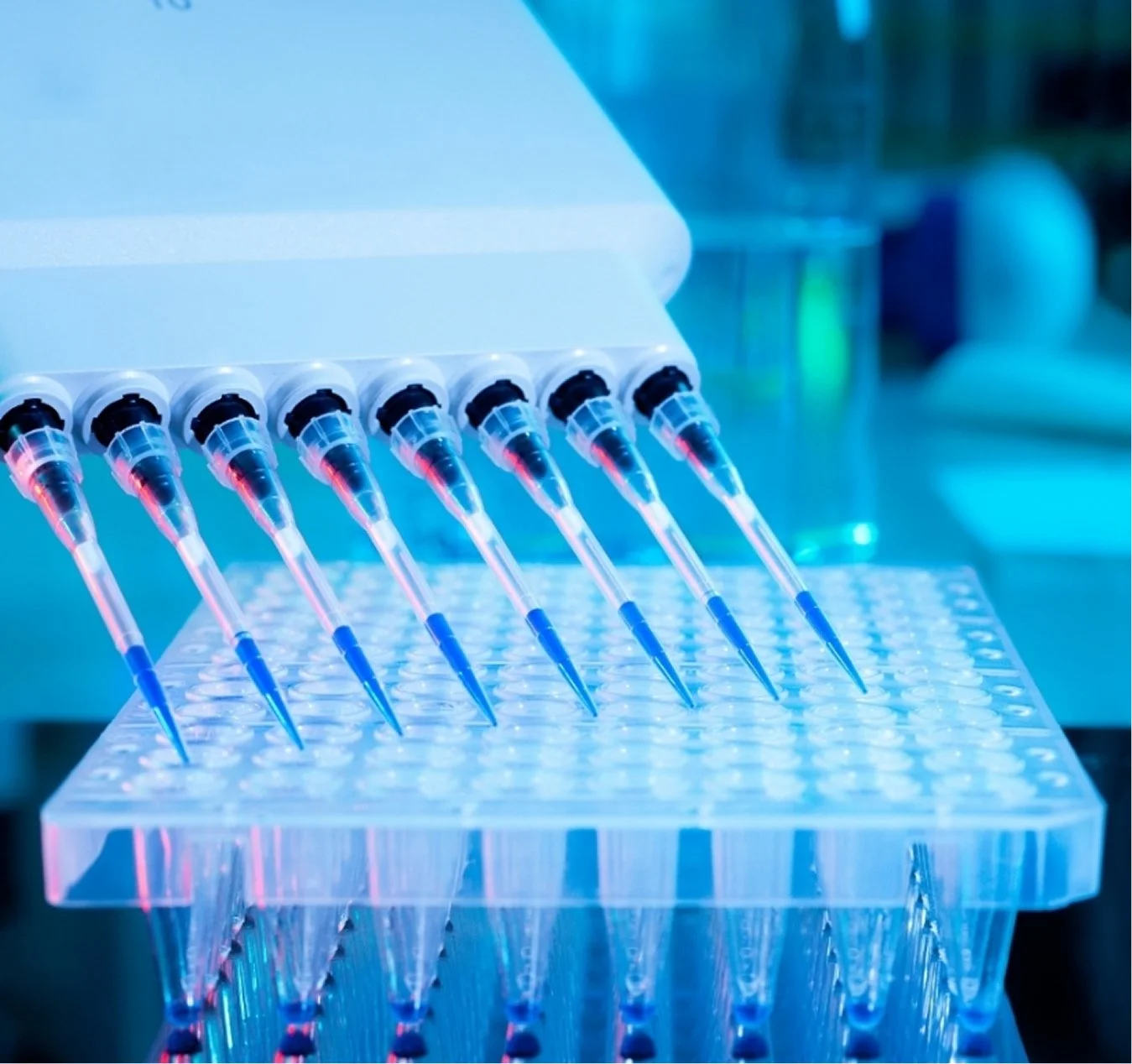 Image 1 of 1
Image 1 of 1


Human PIIINP Elisa kit
SIZE
96 wells/kit
INTRODUCTION
Procollagen type III is synthesized in fibroblasts as a biosynthetic precursor of collagen type III, and then released. The propeptides are split off in the extracellular space during the conversion into collagen. The N-terminal propeptide (PIIINP; MW 45KDa) is formed during this process in equimolar proportions to collagen type III and enters the circulation.
Bloodstream levels of PIIINP can therefore be used as a measurement of collagen III synthesis. As the one of biomarkers of the Enhanced Liver Fibrosis (ELF) score, PIIINP shows good positive correlations with fibrosis stages in chronic liver disease.
PRINCIPLE OF THE ASSAY
This assay is a quantitative sandwich enzyme-linked immunosorbent assay (ELISA). The microtiter plate is pre-coated with a polyclonal antibody specific for human PIIINP. Standards and samples are pipetted into the wells and any human PIIINP present is bound by the immobilized antibody. After washing away any unbound substances, a biotin-labeled polyclonal antibody specific for human PIIINP is added to the wells. After the wash step to remove any unbound reagents, streptavidin-horseradish peroxidase conjugate (STP-HRP) is added. After the last wash step, an HRP substrate solution is added and color develops in proportion to the amount of human PIIINP bound initially. The assay is stopped, and the optical density of the wells is determined using a microplate reader. Since the increases in absorbance are directly proportional to the amount of captured human PIIINP, the unknown sample concentration can be interpolated from a reference curve included in each assay.
SIZE
96 wells/kit
INTRODUCTION
Procollagen type III is synthesized in fibroblasts as a biosynthetic precursor of collagen type III, and then released. The propeptides are split off in the extracellular space during the conversion into collagen. The N-terminal propeptide (PIIINP; MW 45KDa) is formed during this process in equimolar proportions to collagen type III and enters the circulation.
Bloodstream levels of PIIINP can therefore be used as a measurement of collagen III synthesis. As the one of biomarkers of the Enhanced Liver Fibrosis (ELF) score, PIIINP shows good positive correlations with fibrosis stages in chronic liver disease.
PRINCIPLE OF THE ASSAY
This assay is a quantitative sandwich enzyme-linked immunosorbent assay (ELISA). The microtiter plate is pre-coated with a polyclonal antibody specific for human PIIINP. Standards and samples are pipetted into the wells and any human PIIINP present is bound by the immobilized antibody. After washing away any unbound substances, a biotin-labeled polyclonal antibody specific for human PIIINP is added to the wells. After the wash step to remove any unbound reagents, streptavidin-horseradish peroxidase conjugate (STP-HRP) is added. After the last wash step, an HRP substrate solution is added and color develops in proportion to the amount of human PIIINP bound initially. The assay is stopped, and the optical density of the wells is determined using a microplate reader. Since the increases in absorbance are directly proportional to the amount of captured human PIIINP, the unknown sample concentration can be interpolated from a reference curve included in each assay.

